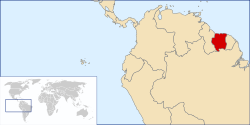
The economy of Suriname largely depends on agriculture, petroleum, and mining. In 2018, the three biggest main export partners of Suriname were Switzerland, Hong Kong, and the United Arab Emirates, [1] and in 2021, the three biggest main import partners of Suriname were the United States, China and the Netherlands. [2]